Our Goal
Packing two meters of DNA inside ten-micron nuclei leads to a very crowded environment. This is an extraordinary feat of compaction and organization because cellular processes such as DNA repair, replication, and transcription must occur within such a dense setting. We have all seen how electric cables become invariably entangled and non-functional inside our drawers. Cells face the same problems and therefore developed mechanisms that organize the physical structure of the genome and ensure its regulation and integrity. Our lab studies how genome folding not only fits DNA within the constraints of the nuclear space but also is used as a critical mechanism of gene regulation. This is particularly important during development because dysregulation of gene expression causes severe birth defects.
We have shown that variations of just a few nucleotides of DNA sequence, can disrupt genome architecture, dysregulate gene expression, and severely compromise mammalian development. In addition, some of the animal models we developed are being used to test therapies for defects caused by abnormal genome structure. While centered on embryogenesis, our work will shed light on how cell type-specific transcriptional programs are established, with broad implications for cell fate decisions in other disease contexts such as cancer.
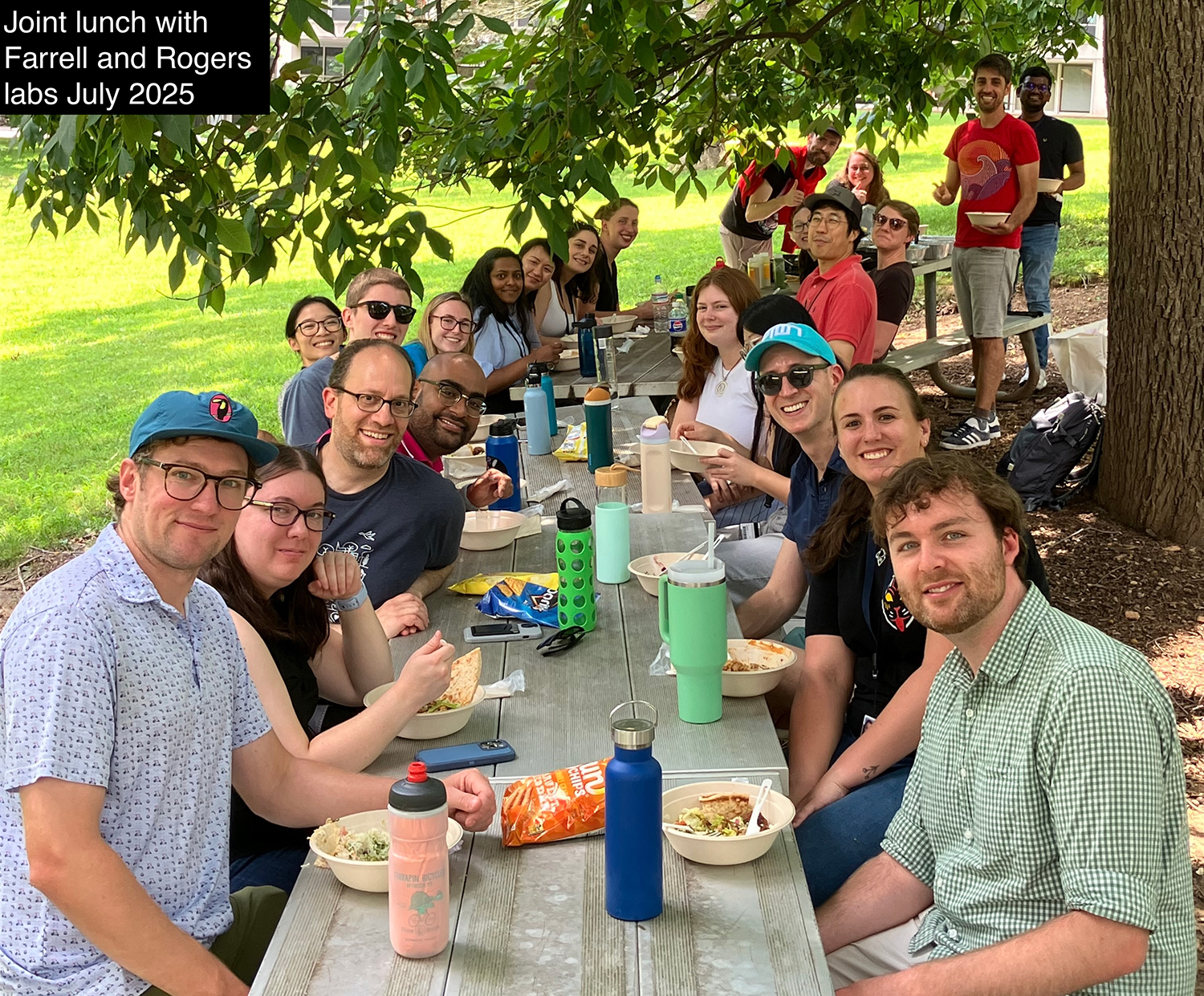
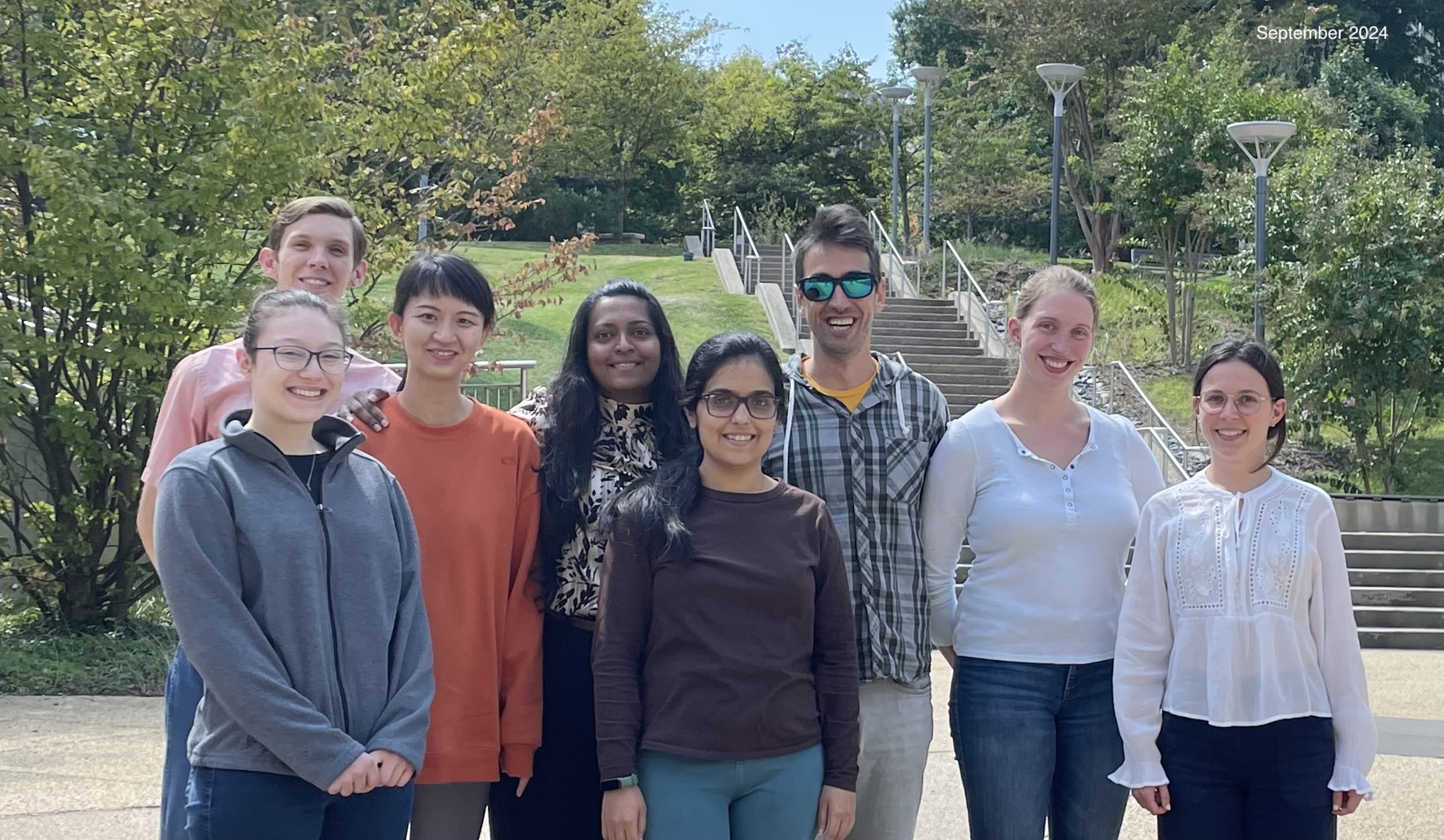
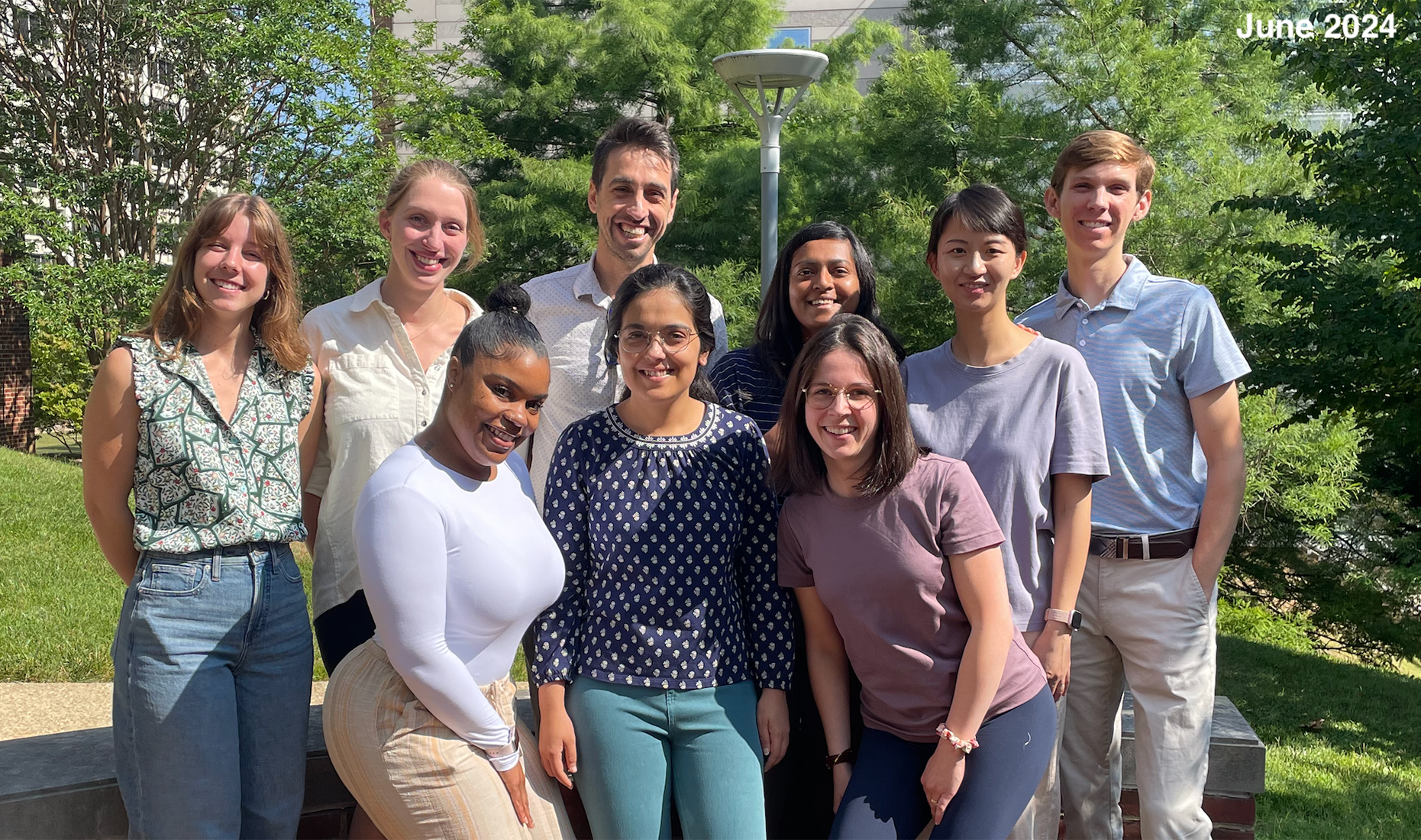
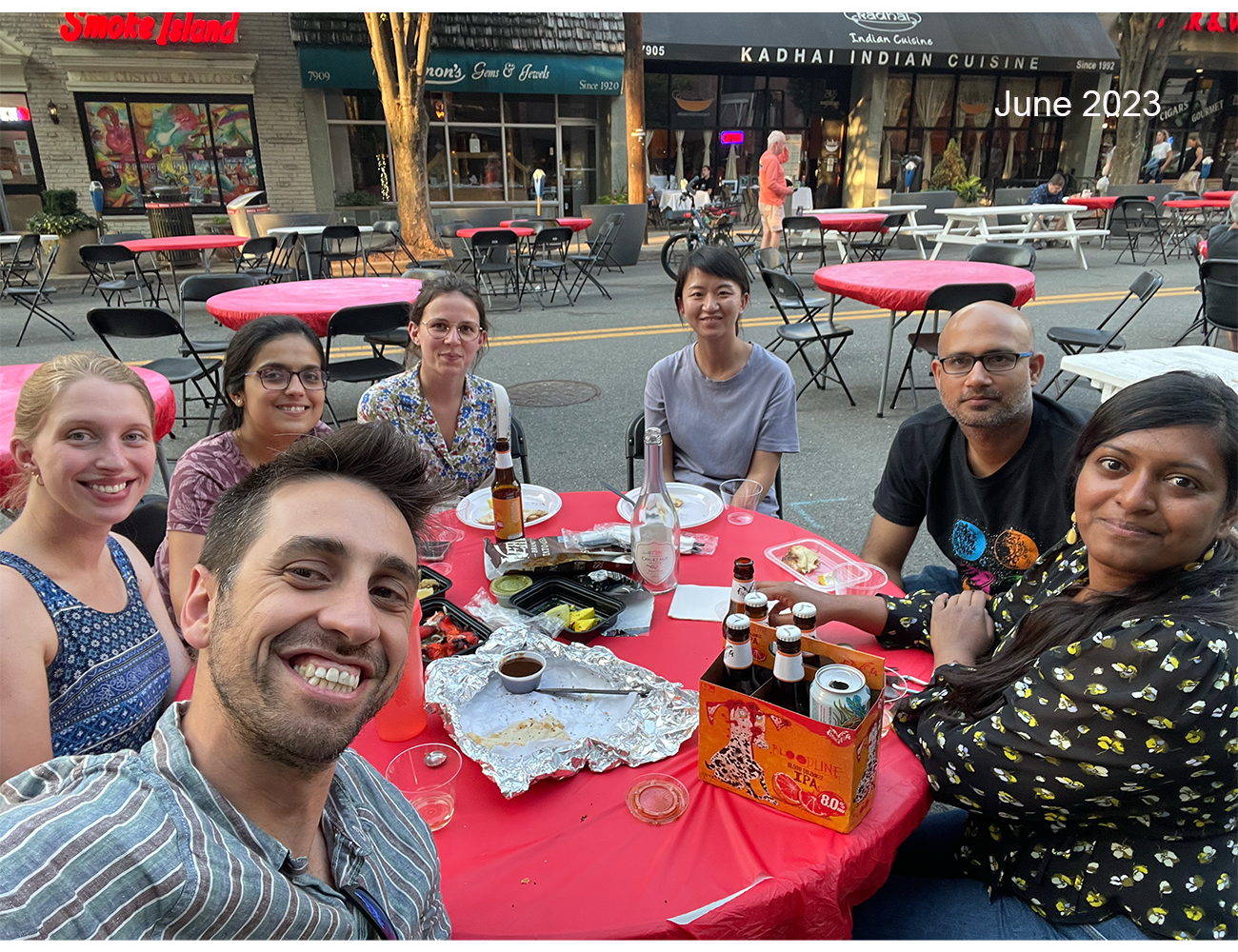



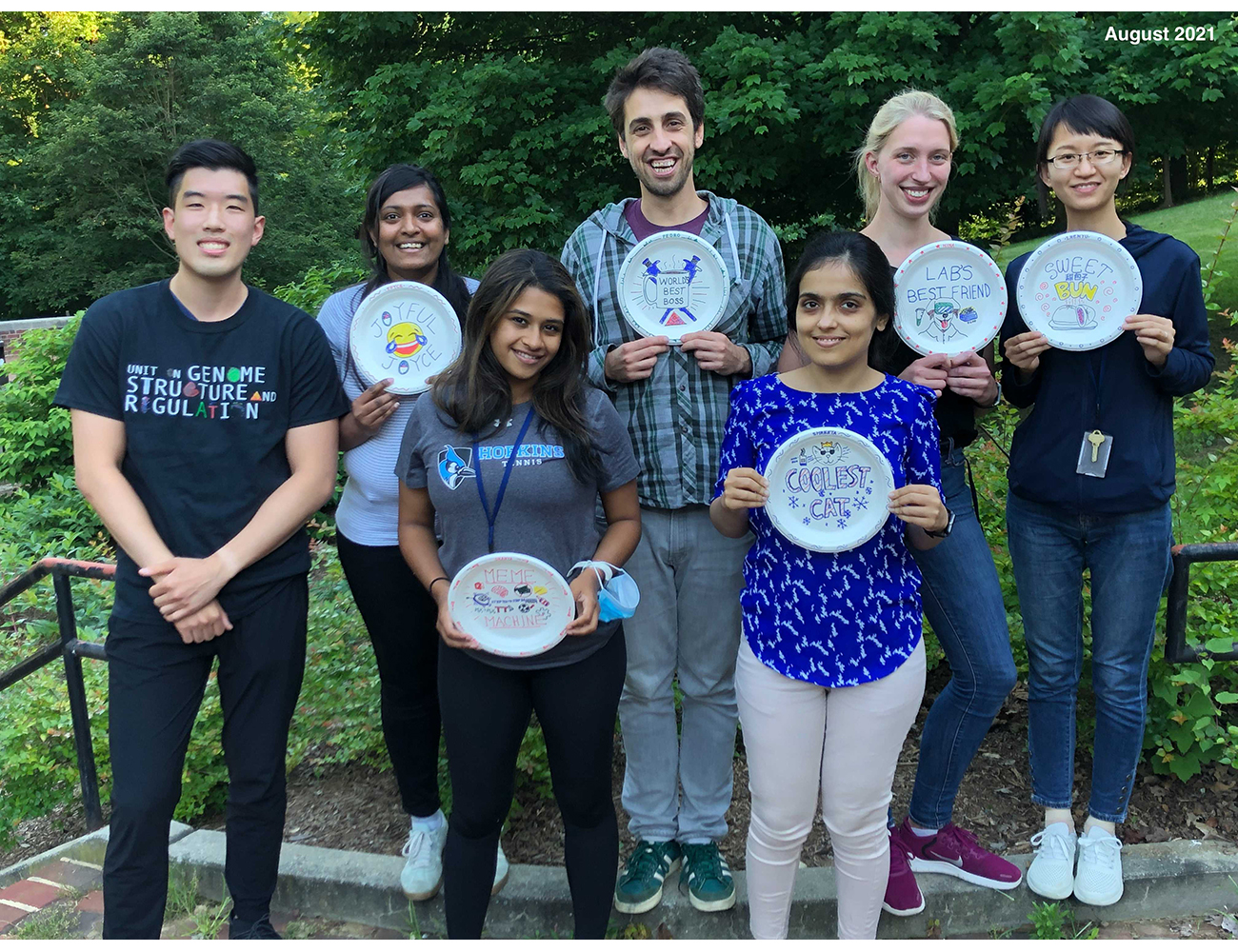
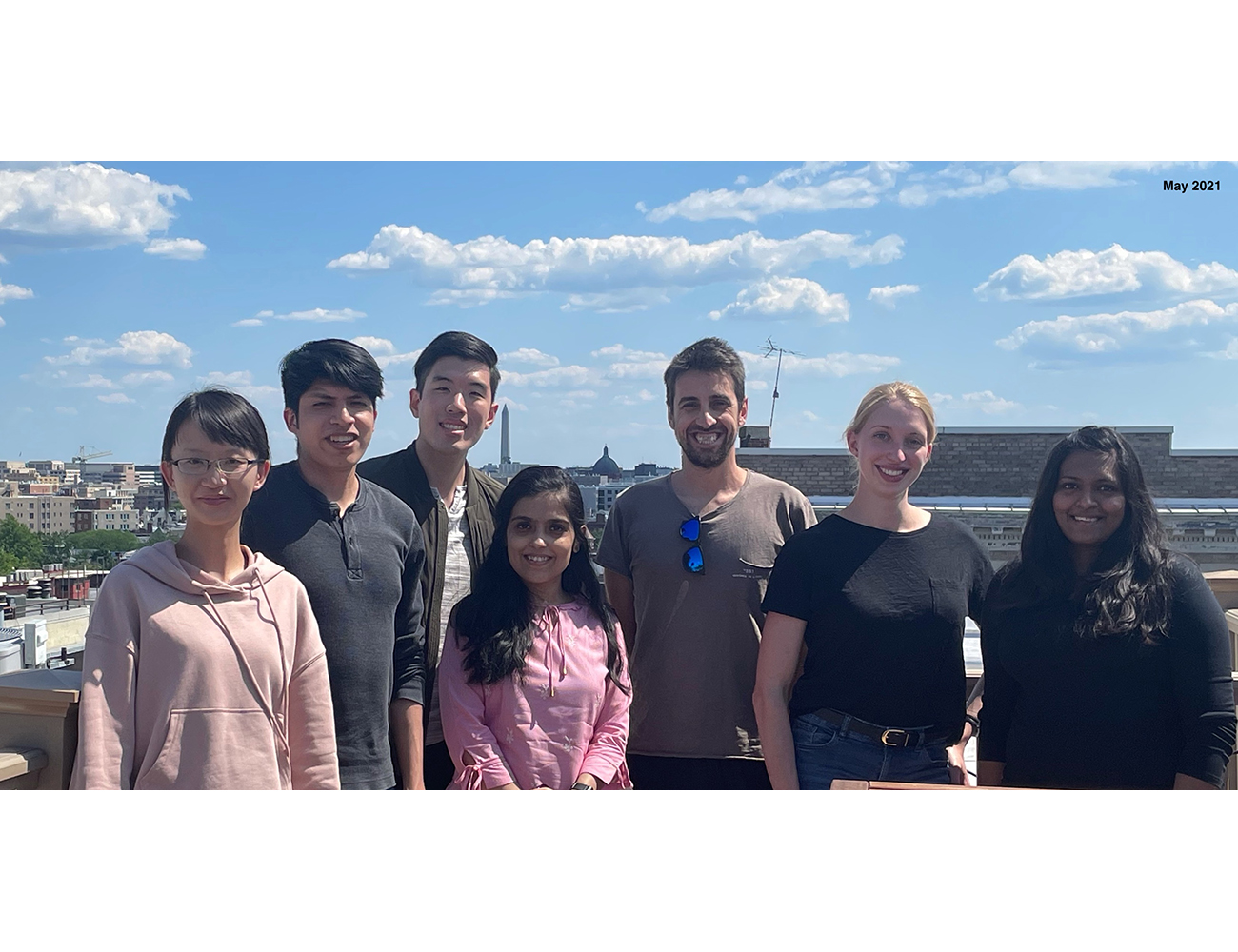

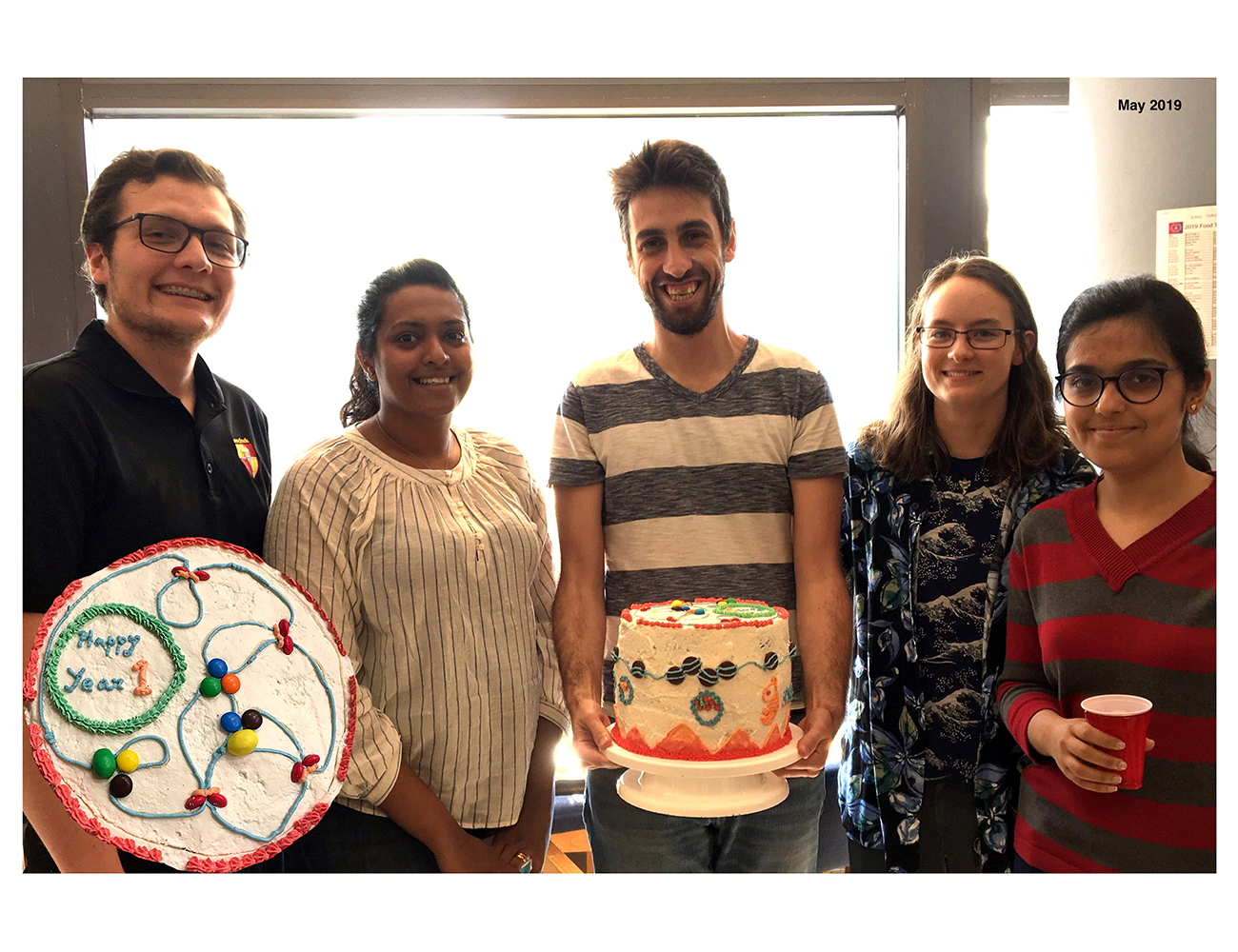
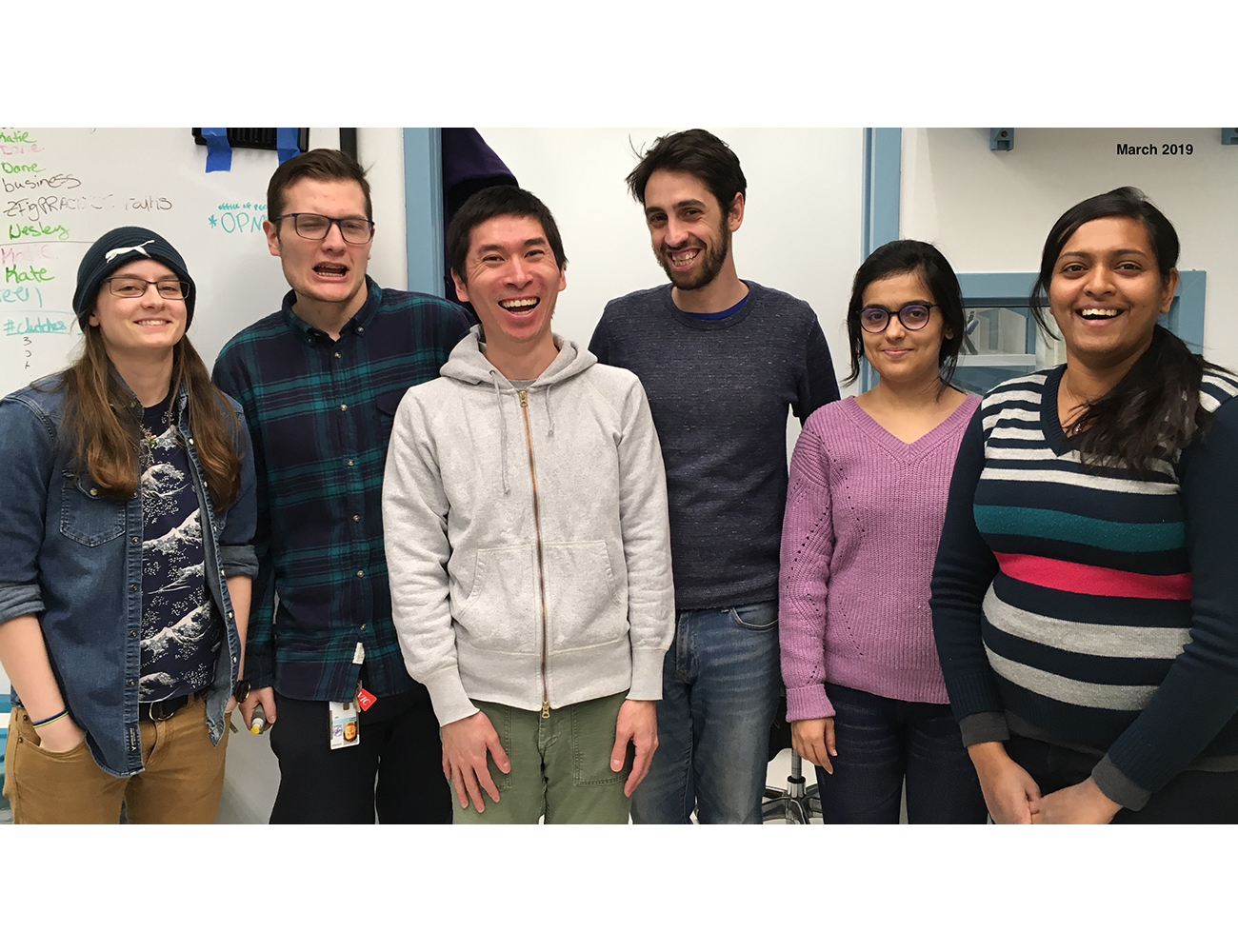
 BACK TO TOP
BACK TO TOP